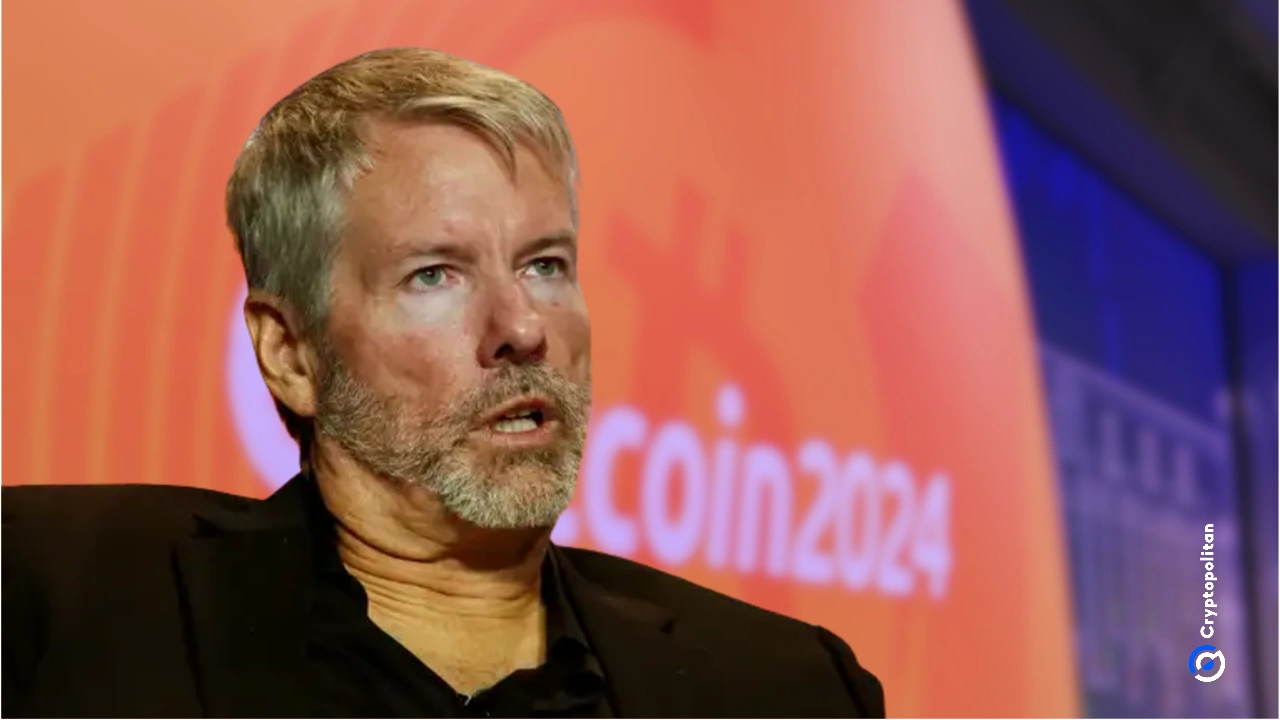March’s whispers have it that Eurozone’s inflation might be taking a tiny step back, hitting an expected 2.5%. This slight ease-up from last month’s 2.6% is like a double-edged sword for when the European Central Bank (ECB) finally put its rate-cutting scissors to work. A mixed bag of smaller upticks in goods and grub, contrasted with bigger oil prices and the early Easter effect—think pricier package holidays and flights—is making things look really interesting to me right now.
A Closer Look at What’s Driving Prices
Easter’s early show this year was also pushing up prices for those looking to jet off or enjoy a getaway, with holiday packages and airfares seeing remarkably increases. Analysts from Deutsche Bank are eyeballing a 10% hike in package holiday prices and a 4% increase in airfares this month, though they predict a drop come month ending. Yet, despite these anticipated spikes, recent national inflation data are showing less pressure on prices than many people (including me) had their bets on.
Spain and France reported softer inflation numbers than our economists predicted, with the Spanish seeing a rise less than expected, even with less government cushioning on energy costs. Italy also chimed in with a softer price growth, hinting at a larger trend that might just make the ECB’s decision-makers scratch their heads a bit longer.
Sorry, Christie.
Eurozone’s Economic Mood Lighting
With the ECB’s next meeting set for April 11, the big question is whether the slight chill in March’s inflation will be enough to sway their rate debate. But guys, actually, it’s not just about the numbers. The Eurozone’s economic confidence is showing some signs of shaking off the slump, edging closer to its usual stride. At least according to recent surveys. This little increase in sentiment across consumers, services, and industry sectors might just be the glimmer of hope for a modest first-quarter rebound after a standstill finale in 2023.
The word on the street, or at least from the Bank of Greece’s Governor, Yannis Stournaras, is that if this cooling trend in inflation keeps up, we might see the ECB easing up on the interest rate brake not once, but potentially four times this year.
Interesting, huh?
However, not all at the ECB are saying the same thing as ol’ Yannis over there. Some pare laying it more conservatively on the rate-reduction front. Yet, I truly believe that the disparity in views within the ECB’s inner circle might not be as wide as the media circus suggests.
As we wait for the latest inflation figures and the ECB’s next move, the debate continues: to cut or not to cut? That is the question.
So like, who’s gonna answer it?





